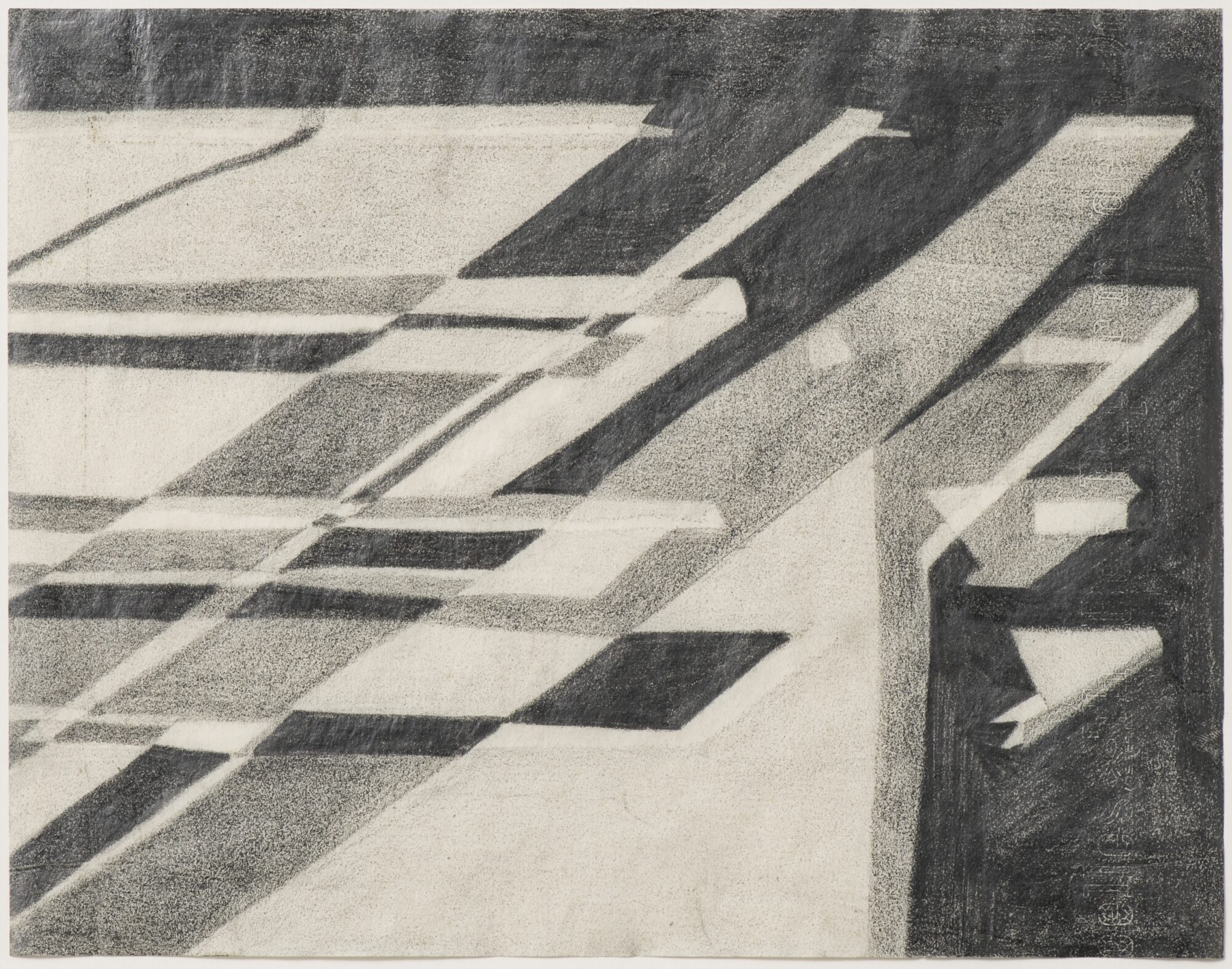Text
Alison Jacques Gallery is pleased to announce a historical survey exhibition of works from the 1950s by Lygia Clark. This will be the artist’s first solo presentation since the critically acclaimed retrospective ‘Lygia Clark: The Abandonment of Art 1948-1988’, curated by Connie Butler and Luis Pérez-Oramas, at MoMA, New York, in 2014. It also follows the installation of ‘Fantastic Architecture’, at The Henry Moore Foundation (2014) and ‘Lygia Clark: Organic Planes’, curated by Lisa Le Feuvre at The Henry Moore Institute, Leeds (2014-15).
Born in Brazil, Lygia Clark (1920-1988) is one of the most pioneering artists of the twentieth century. Clark’s groundbreaking work radically innovated the relationship between the art object and audience and has become a reference point for generations of artists pushing the limits of sculpture today. Her work has been acquired for major museum collections including Tate, London; The Museum of Modern Art, New York; The Art Institute of Chicago; Centre Pompidou, Paris and The Reina Sofia Museum, Madrid.
Lygia Clark was part of the neo-concrete movement, a splinter group of the 1950s Brazilian concrete art movement, calling for a greater sensuality, colour and poetic feeling in concrete art. In focusing on her work from the 1950s, we see the influence of her first visit to Paris in 1950 where she studied with key artists including Fernand Léger. The drawing Escadas (Stairs),1951 is a clear indication of Léger’s influence on Clark but also of her interest in movement and a desire to break out from the restrictions of a static plane and strive for work that was more organic. It is this trajectory that we see in the graphite works from the early 1950s that continues into the group of 1957 monochrome gouaches Planos em Superfície Modulada (Planes in Modulated Surface). Throughout the decade, we see Clark’s interest in colour via vibrant gouache works and a large turquoise painting Superficie Modulada (Modulated Surface) 1955-57 made with industrial paint on board.
From 1955, Clark developed her interest in three dimensional work and architecture through her painted wooden maquettes of interiors: Maquete para interior nos.1 and 2 (Maquette for interior no.1 and no.2). These clearly reveal Clark’s desire to expland from a two dimensional surface and fuse painting with architecture. Also on view is Clark’s maquette for Construa você mesmo o seu espaço de viver (Build your own living space),1955 in which Clark shows her dream for an entire building in which the visitor can change the configuration of rooms via a series of sliding walls, demonstrating her vision of audience participation and a living or organic sculpture.
In the late 1950s, Clark made her first study for a Casulo (Cocoon) in which a relief starts to lift off the wall, reflecting the idea of movement. All the works in the show lead to a crucial moment in 1959 when Clark made a balsa wood study for what would become her first Bicho (Critter or Animal) sculpture called Caranguejo (Crab). The Bicho series, which Clark went on to develop throughout the early 1960s, was formed from a series of metal plates joined by hinges. Laid flat, they formed a plane but when manipulated by an observer or participant, the hinges served as a backbone and the form of the Bicho changed according to the viewer’s manipulation of the work. A Casulo, balsa wood study and the unique Bicho maquette for Caranguejo (Crab), all made in 1959, are included in this exhibition.
Important solo and group exhibitions during Clark’s lifetime include the early São Paulo Biennials (1953-1967); the ‘Second Pilot Show of Kinetic Work’, curated by Guy Brett at Signals Gallery, London (1962); and a presentation, alongside Mira Schendel, at the Venice Biennale (1968).
The only posthumous solo exhibitions outside Brazil before the MOMA, New York retrospective (2014) were ‘Lygia Clark’, Fundació Tàpies Major, Barcelona (1997), which travelled to Marseille MAC; Serralves Foundation, Porto; Palais des Beaux-Arts, Brussels and the Imperial Palace, Rio de Janeiro; and ‘Lygia Clark: Estudos e Maquete’, Alison Jacques Gallery, London (2010). Clark was recently included in ‘Adventures of the Black Square, Abstract Art and Society 1915-2015’, curated by Iwona Blazwick and Magnus Petersens, Whitechapel Art Gallery, London (2015), and ‘Life Itself’, curated by Daniel Birnbaum, Moderna Museet, Stockholm.
Works
-
![]() Escadas, 1951
Escadas, 1951 -
![]() Superficie Modulada, 1956
Superficie Modulada, 1956 -
![]() Planos em superficie modulada, 1952
Planos em superficie modulada, 1952 -
![]() Construa você Mesmo seu Espaço para Viver, 1955
Construa você Mesmo seu Espaço para Viver, 1955 -
![]() Unidade, 1959
Unidade, 1959 -
![]() Sem titulo, 1952
Sem titulo, 1952 -
![]() Superficie Modulada, 1955/7
Superficie Modulada, 1955/7 -
![]() Sem titulo, 1952
Sem titulo, 1952 -
![]() Superficie Modulada, 1958
Superficie Modulada, 1958 -
![]() Maquete para Interior no. 1, 1955
Maquete para Interior no. 1, 1955 -
![]() Maquete para Interior no. 2, 1955
Maquete para Interior no. 2, 1955 -
![]() Estudo para Bicho Caranguejo, 1959
Estudo para Bicho Caranguejo, 1959 -
![]() Bicho Caranguejo, 1959
Bicho Caranguejo, 1959 -
![]() Casulo, 1959
Casulo, 1959 -
![]() Planos em superfície modulada, 1957
Planos em superfície modulada, 1957 -
![]() Planos em superfície modulada, 1957
Planos em superfície modulada, 1957 -
![]() Planos em superfície modulada, 1957
Planos em superfície modulada, 1957 -
![]() Planos em superfície modulada, 1957
Planos em superfície modulada, 1957 -
![]() Espaço Modulado, 1958
Espaço Modulado, 1958
















































































